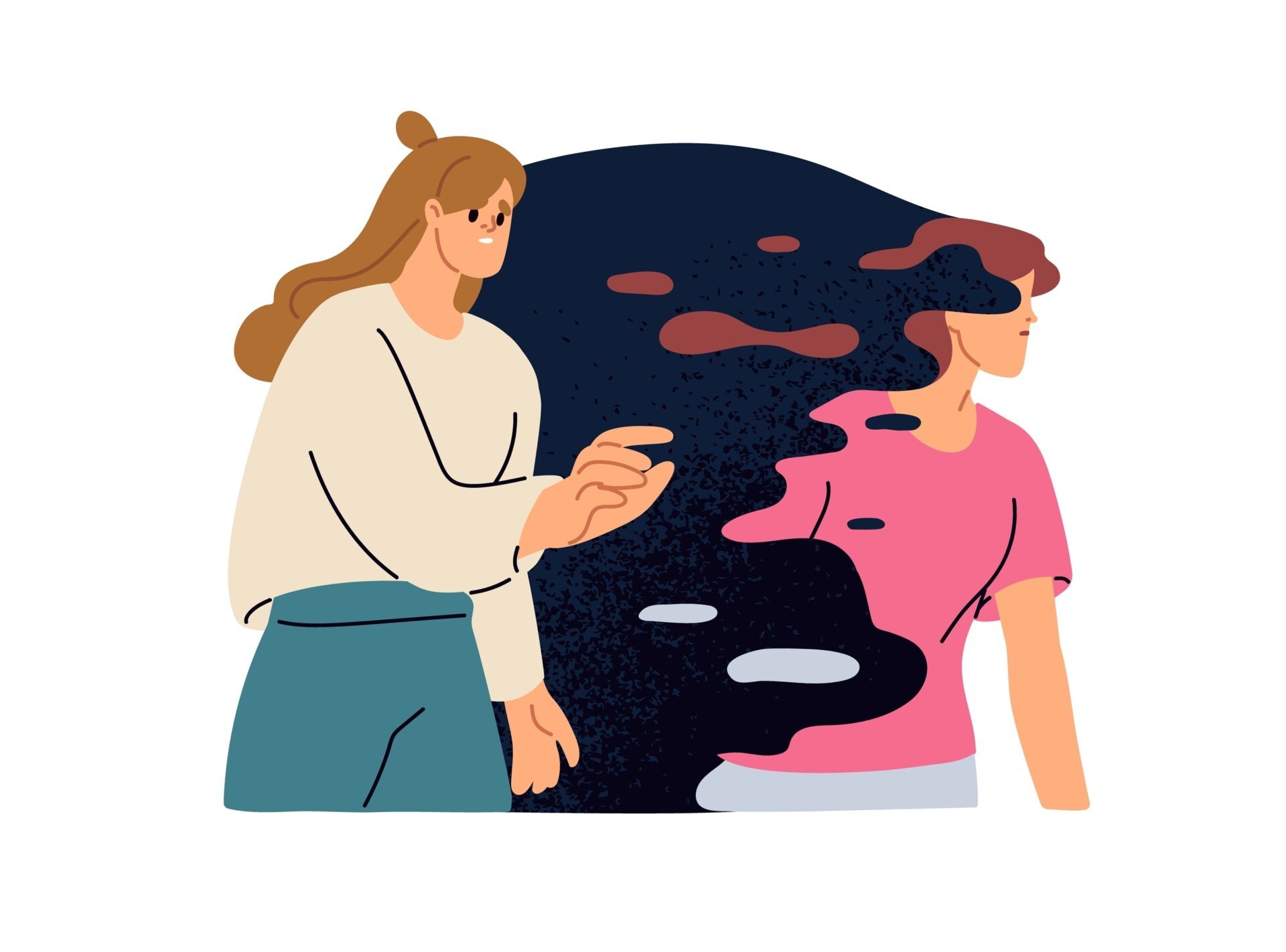When a close friend starts dating someone new, it’s common to wonder whether your bond will stay the same.
Many people feel left behind when a once-inseparable friend shifts focus to a romantic partner. But do friendships actually suffer when someone enters a relationship—or do we just think they do?
A new study published in Personal Relationships (2025) explores how young adults experience changes in their best friendships when those friends begin new romantic relationships.

The researchers found that people often remember feeling less supported and more uncertain about their friendships after a friend entered a relationship. However, when friendships were tracked in real time, those negative effects weren’t clearly observed.
Friendship is central to emotional well-being, especially during young adulthood. Close friends provide companionship, emotional support, and a sense of stability.
But romantic relationships are also important sources of connection, and they often become a top priority as people transition into adulthood.
This shift can raise questions about whether a romantic partner will replace a best friend as a primary source of support and intimacy.
To investigate this, the authors conducted two studies. In the first, 334 college students were asked to recall their feelings about a best friendship before and after their friend started a new romantic relationship.
Participants reported feeling less emotionally fulfilled, less certain about the friendship’s future, and more distressed once the romantic relationship began. These effects were even stronger for those who were more anxious or avoidant in their attachments to others.
The second study took a different approach. It followed 148 students over seven weeks, asking them to report on up to four best friendships at two points in time.
If any of their friends had started a romantic relationship during that period, researchers looked at whether participants’ feelings toward those friendships changed. Surprisingly, they found no clear pattern.
Friendships didn’t show notable drops in support or certainty, and participants didn’t report more negative emotions when their friends began dating.
So why the difference? One explanation may be the power of memory. Participants in the first study may have viewed the past through a nostalgic lens, idealizing the friendship before the romantic relationship began.
This “rose-colored hindsight” could make any later changes feel more dramatic in retrospect, even if the friendship remained largely intact in reality.
Another factor could be how the studies asked participants to think about their friendships. In the retrospective study, participants were asked to focus specifically on one close friendship and how it changed over time, which may have heightened their awareness of any negative shifts.
In contrast, the second study included multiple friendships and did not prompt participants to reflect on changes as directly, possibly diluting the emotional impact of any one relationship shift.
Importantly, the research also found that attachment insecurity—how much someone fears rejection or avoids closeness—shaped how people experienced friendship changes.
In the retrospective study, those with higher attachment anxiety or avoidance were more likely to report feeling let down, uncertain, and distressed when their friend began dating. But in the real-time study, attachment style didn’t appear to influence how people responded to the friendship transition.
These findings highlight the complex relationship between perception and reality in our social lives.
Even if a friendship doesn’t objectively worsen when a friend starts dating, believing that it has can still affect how we feel and behave. In fact, the researchers found that people who thought their friendships had changed—whether or not they truly had—were less committed to maintaining those friendships over time.
The study also offers practical insight: people who are entering new romantic relationships can help preserve their friendships by acknowledging that changes in availability might raise concerns.
Being intentional about staying connected and communicating appreciation for the friendship could help reassure friends that the bond still matters.
While this research focuses on young adults, its implications extend beyond college campuses. Friendships evolve across the lifespan, and romantic partnerships are just one of many transitions that can affect them. Future research could explore whether similar dynamics unfold in different age groups or cultural contexts.
Ultimately, this study suggests that we may overestimate how much a romantic relationship disrupts a friendship. But the belief that it does—even if inaccurate—can influence how a friendship unfolds.
Paying attention to those beliefs, and checking in with our friends as relationships evolve, may be key to keeping those bonds strong.
Citation
Sun, E. R., Jakubiak, B. K., & Machia, L. V. (2025). Are We Still Friends If You Are No Longer Single? The Impacts of a Friend Entering a New Romantic Relationship. Personal Relationships, 32(2), e70013. https://doi.org/10.1111/pere.70013


